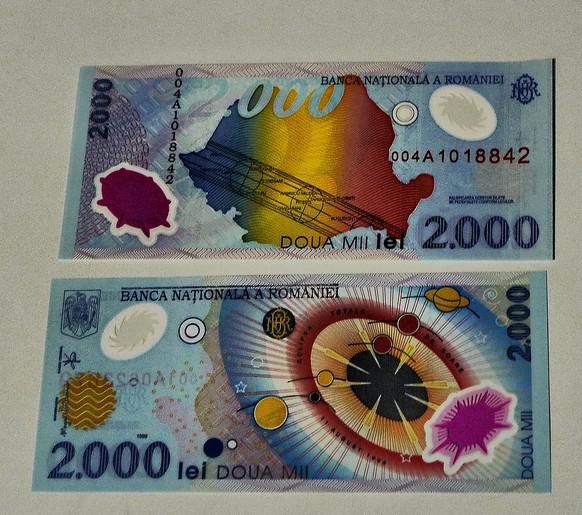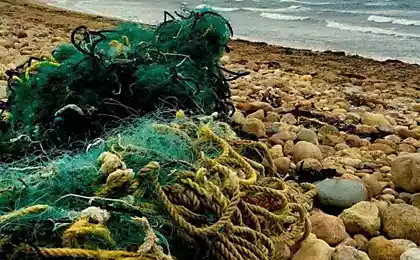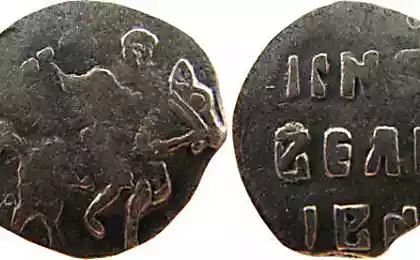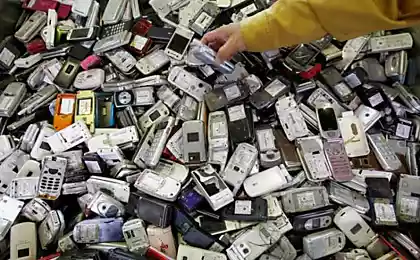1771
On paper and plastic money
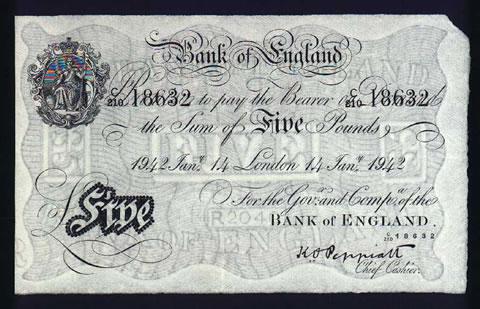
Forgery of Sachsenhausen
There is an old anecdote: come to the artist, and he sits and carefully draws the bill at 7 rubles. He is told - there is no money! The artist goes to his neighbor and returned with two pieces of paper - "here - he says - exchanged, 4 and 3 rubles."
Oddly enough, this anecdote might be true in England until 1745. Banknotes released skip to the amount that fits on your hands.
Then the Seven Years' War, the state desperately needed money, the Bank of England said deed. At first, it was £ 20 notes, then there were "tens", by the time the war with revolutionary France in 1793 appeared the first five-pound banknotes. Four years later came banknotes in denominations of 2 pounds and 1 pound.
However, the paper money in the form to which we are accustomed, that is made entirely on the machine, with some protection against counterfeiting, appeared only in 1855.
However, they were black and white, with a seal on one side. Bilateral colored money appeared in 1928, but the black and white notes were in circulation.
During the war, in 1942, the Nazis developed the "Operation Bernhard", named after the SS Sturmbannführer, served in the Sachsenhausen concentration camp. In operation for the production and sales of fakes involved prominent Nazis: Kaltenbrunner, Schellenberg, Otto Skorzeny.
Kruger has assembled a team of 142 people, Jewish prisoners - they were engravers, printers and artists. The team entered the famous forger Salomon Smolianoff.
Worked diligently, carefully manufactured printed matrix composition picked up the paper, uncovered algorithm serial numbers. By the end of 1943, two special barracks Sachsenhausen produces about a million pounds a month. Quality fakes was very high - even bankers could hardly distinguish them.
Initially planned to throw fake 5-pound notes over Britain from aircraft, in order to destabilize the British economy, but then changed their minds. Counterfeit money used to pay for imports and German intelligence agents. By the end of the war was made of notes totaling $ 134 million.
In April 1945, equipment and counterfeiters inmates were evacuated to Mauthausen, then in Ebensee camp, where they were going to be destroyed, but not in time. May 5 Americans liberated the prisoners.
Search counterfeit money led to a mountain lake Toplice. From 1959 to 1963, from the bottom of the lake raised boxes with fake banknotes, the matrix for printing banknotes and even the name of the list of prisoners.
After the war, the story is not widely covered, the British feared undermine the credibility of its currency. Due to the large number of running into circulation counterfeit, is about 15% of the total number of banknotes in circulation, the Bank of England had to withdraw from circulation all notes larger 5.
Bernhard Krueger two years was imprisoned in England, then a year from the French. After the war he worked in the company for the production of paper and died in 1989
Now in the history of British banknotes outlined another turn. The Bank of England is going to give up the paper and go to a plastic polymer film.
With that kind of money in your pocket, you can swim in the sea to wash their red wine, does not matter if the shirt with the bill gets to the laundry. Iron hot iron, however, is not recommended.
The money will be more resistant to wear, a little smaller in size, easier to fit into your pocket or purse.
The experience of countries that are ahead, reassuring. What this country? Brunei, Papua New Guinea, Romania.
There are friendly, almost akin to Australia, where plastic money came into circulation in 1988.
Australia reported that the forge notes there is almost ceased.
Think temporarily. It's only a matter of technique.
Forged not only pounds
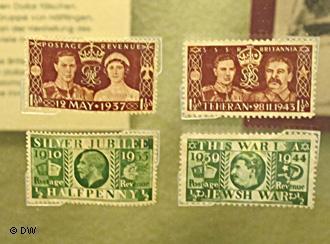
Australian money from recycled plastic propylene
Canada
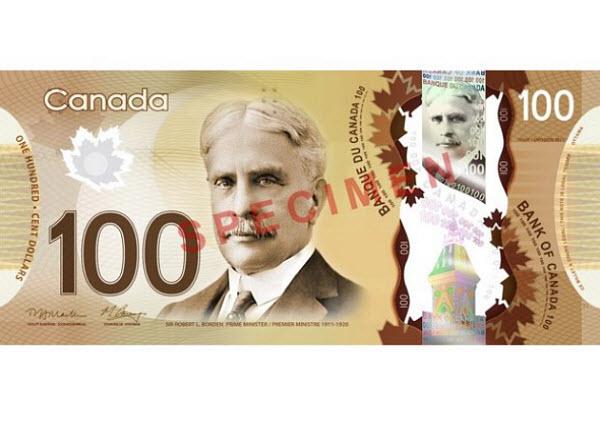
Brunei
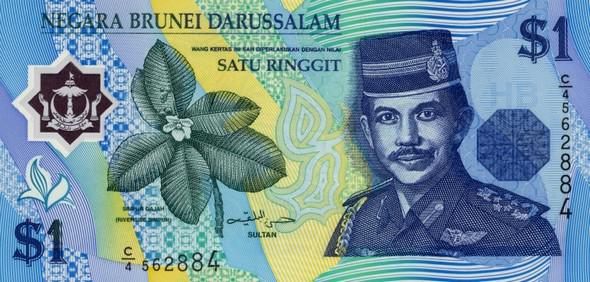
Romania
